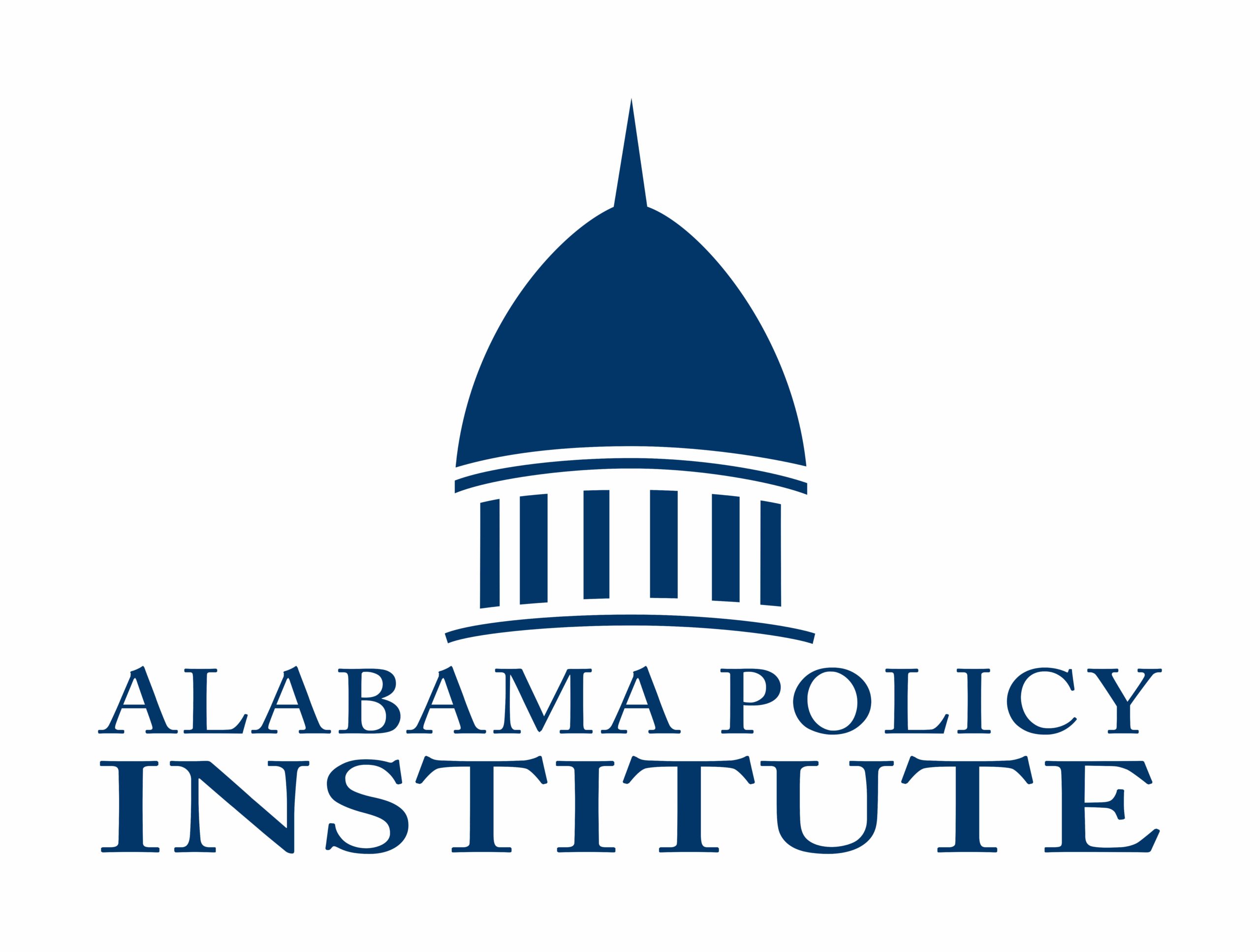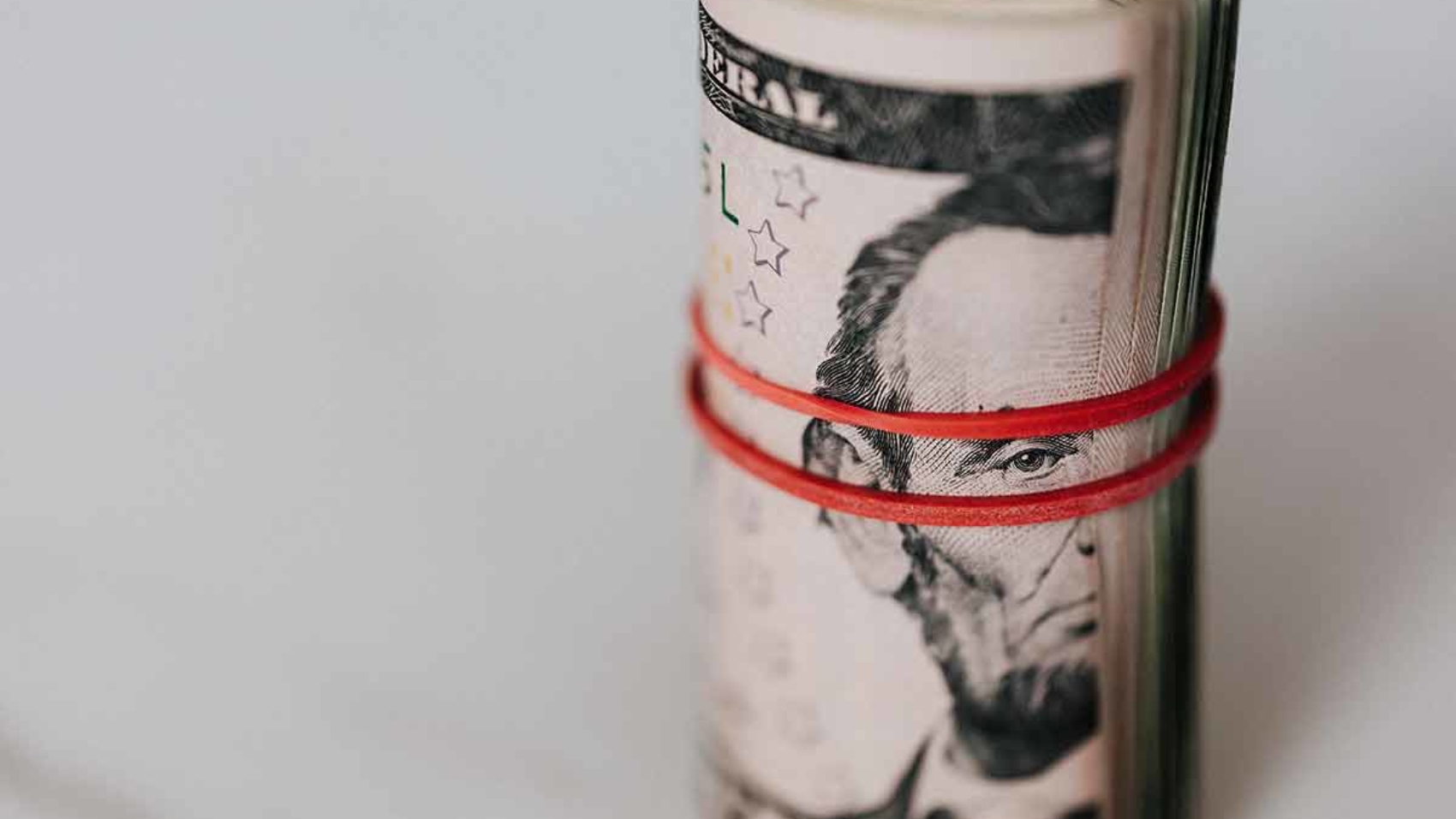In early 2020 the COVID-19 pandemic began to spread across the United States, impacting the lives of all Americans. In response, Congress passed a massive health and economic relief bill, the Coronavirus Aid, Relief, and Economic Security Act (CARES).
The CARES Act included $150 billion in direct aid to state and local governments. Money that was intended to help support state governments as they responded to the healthcare and financial hardships faced by citizens.
Thus far, Alabama has missed the mark in using CARES funds to provide direct assistance to struggling Alabamians in an effective and timely manner, choosing instead to feed government and provide narrowly targeted aid to private organizations. With the CARES Act state spending deadline extended through 2021, the state should use the more than $270 million left to help its people, not further grow government.
The passage of the CARES Act put an additional $1.8 billion in Alabama’s government coffers overnight. The money flowed from the federal government to states immediately because there was an imminent need for aid. Because of state-mandated business shutdowns, unemployment was on the rise and many Alabamians were struggling.
But instead of quickly distributing aid to citizens, lawmakers began weeks of arguing over who could spend the money and how it should be spent. Regardless of the need for immediate action, the state legislature remained absent until May 4, 2020. Eventually, Governor Ivey and the legislature reached an agreement on how the $1.8 billion in funds would be distributed. Despite the legislature’s constitutionally mandated “power of the purse”, lawmakers ceded control of the funds to the governor who identified 10 purposes that the money could be used for.
This was the first of several missteps.
With nearly total control of CARES Act funding, Governor Ivey was still unable to quickly send relief to businesses and citizens. The state spent almost nothing until August 2020, when about $200 million was released from the state’s Coronavirus Relief Fund. Alabama’s unemployment rate peaked near 14 percent in April. By August the rate was under 6 percent, not back down to the pre-pandemic rate of 3.5 percent, but steadily improving. State relief spending came too late to help Alabamians when they needed it most.
Through the end of 2020, Alabama’s CARES Act spending rapidly increased, totaling $1.35 billion. But as spending ramped up, far too little of it made it back to citizens. As of January 1, 2021, two days after the original CARES spending deadline, just 23.7 percent ($313.2 million) had been distributed to the private sector. Much of that spending came in the form of $15,000 grants to businesses, nonprofits, and faith-based organizations.
While many organizations faced hardships because of the pandemic, small grants will not significantly help most of them. The grants were poorly targeted. The application deadline was less than two weeks after the grant programs were announced and awards were made on a first come first served basis with the state having sole power to pick the winners and losers.
Of the remaining funds spent in 2020, some went to legitimate purposes, such as healthcare providers, increased COVID-19 testing, and to enhance remote learning capabilities for Alabama students.
However, far too much of the money went back to state government. Nearly 30 percent went towards reimbursing state government for expenses claimed to be related to the pandemic. The legislature, which hasn’t met since mid-May, made nearly $1 million in equipment purchases that were reimbursed with CARES Act funds.
The state used another $300 million to replenish Alabama’s depleted Unemployment Insurance Trust Fund. When added to the nearly $400 million in funds used to reimburse state agencies, 52 percent of CARES Act funding went back to state government in 2020.
Using CARES Act funding to provide unemployment benefits to citizens who remain without work directly because of the pandemic is acceptable. But if the governor and state health officer had not forced businesses to close, unemployment likely would not have risen as sharply, and the Unemployment Insurance Trust Fund would not have become depleted as quickly.
South Dakota Governor Kristi Noem chose not to shut down state businesses. As a result, unemployment increases were not as dramatic, rising to an 11 percent peak in April. By November 2020, South Dakota’s unemployment rate was lower than it was last March.
If Alabama had kept all businesses operating, the impacts to the state’s unemployment rate could have been lessened. Governor Ivey has since said that it was a “mistake” to allow businesses deemed essential, such as all state government jobs, to remain open while shuttering those that state officials considered non-essential.
Nothing can be done to change how nearly $1.5 billion in CARES Act funding has already been spent by the state. It should have been spent faster and more effectively, but that doesn’t mean that all is lost.
Over $270 million remains in the state’s coronavirus relief fund. The governor and legislature must work together to ensure that money is used in a way that will have the greatest impact on all Alabamians. The Alabama Policy Institute has long supported using CARES Act funding to provides an extended sales tax holiday to citizens. Not only would a sales tax holiday positively impact individual bottom lines, but it would also help local businesses as they continue to recover from the pandemic.
No matter how the state chooses to use the rest of its CARES money, it should directly help the people, not further feed government.
Justin Bogie serves as the Alabama Policy Institute’s Senior Director of Fiscal Policy. API is an independent, nonpartisan, nonprofit research and educational organization dedicated to free markets, limited government, and strong families, learn more at alabamapolicy.org.


